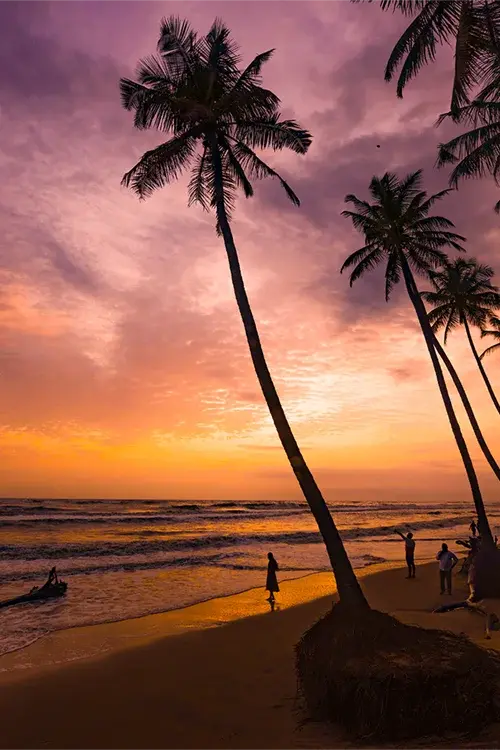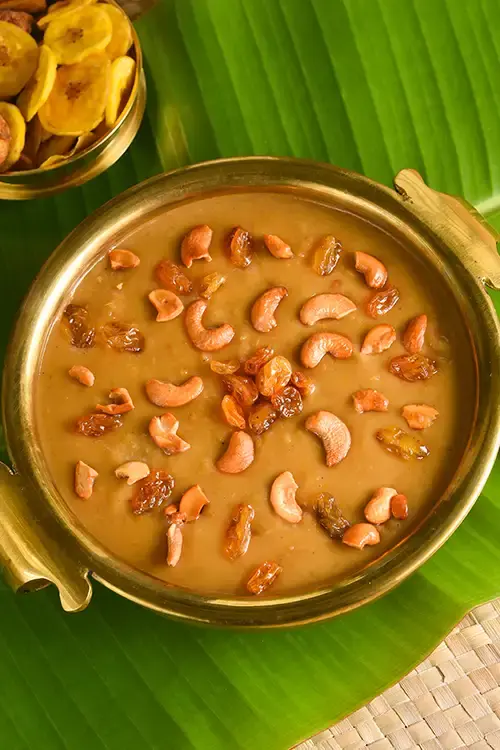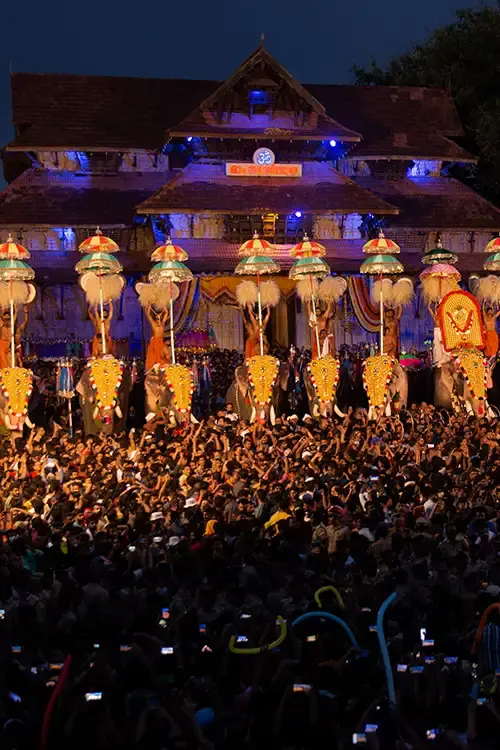FAQ
Which part of Kerala / India stands below the sea level?
Kuttanad, located in the Alappuzha and Kottayam districts of Kerala, holds the distinction of being the lowest point in India, lying 2.2 meters below sea level. This region is renowned for its extensive paddy cultivation, which forms the backbone of its economy. The rice farms in Kuttanad were reclaimed from Lake Vembanad between the 19th and early 20th centuries, a monumental feat attributed to Muricken, famously known as the "King of Backwaters." Some of the most famous paddy fields in the area, such as the Rani, Chithira and Marthandam stretches, were named after members of the Travancore royal family.
Under the Kuttanad Below-Sea-Level Farming System (KBSFS), flat rice fields spanning approximately 50,000 hectares have been developed, primarily from reclaimed delta swamps. These fields, collectively called Puncha Vayals, are classified into three types based on their landscape:
• Karapadam: Upland rice fields.
• Kayal: Wetland rice fields.
• Kari: Lands with black, coal-like soil.
Kuttanad is not only an agricultural marvel but also a major tourist attraction, known for its serene backwaters and vast green landscapes. The iconic houseboats, transformed from traditional kettuvallams (rice barges), provide an enchanting way to explore the region. A cruise offers visitors a close look at backwater life, showcasing activities like fishing, shell collection, duck rearing and rice farming. Kuttanad’s unique blend of agricultural ingenuity and natural beauty makes it one of Kerala’s most remarkable destinations.






